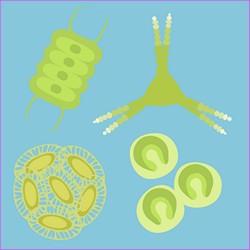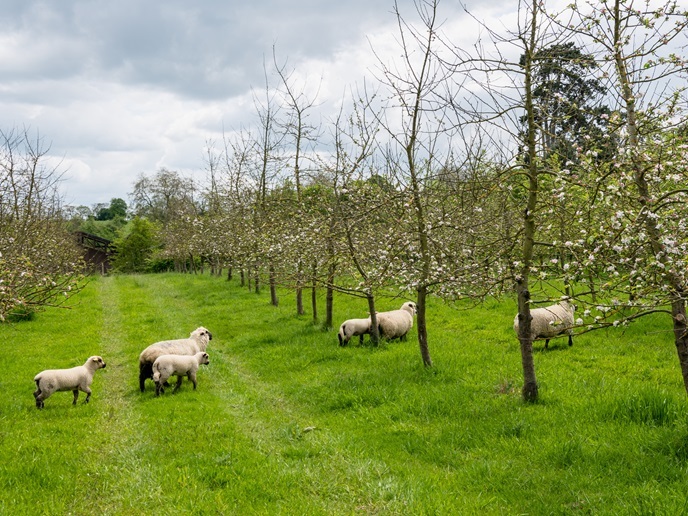Phytoplankton biodiversity and nutrient supply
The MICRODIVE (Biodiversity and ecosystem services in the microbial realm) project was set up to increase awareness of the complex interactions between phytoplankton biodiversity and nutrient loading in aquatic systems. The key research challenge was to determine thresholds for nutrient loading – critical to maintain community stability (resilience), and important aquatic ecosystem services that depend on phytoplankton diversity. Project partners conducted field and laboratory experiments that were complemented by theoretical modelling to investigate the interactions between eutrophication and biodiversity. Experiments on freshwater communities were performed, ranging from highly controlled laboratory investigations to large-scale open water studies. Results showed that a loss of biodiversity caused lower community resource efficiency and resilience to nutrient pulses. Furthermore, the loss of both stress sensitive species and the loss of rare species had measurable effects on the growth and nutrient use efficiency of phytoplankton communities. Phytoplankton biodiversity was also found to have an effect on small-scale microcosms and large-scale oceanic observations taken in the Mediterranean, Atlantic and Pacific waters. The size of the effect mainly depended on average species richness of the marine system, suggesting a uniform relationship between phytoplankton diversity, resource use efficiency and productivity. This is an important ecosystem service in marine phytoplankton communities. New concepts for biodiversity conservation must therefore also include the microorganisms that essentially drive ecosystem services. These ideas must be based on a detailed understanding of the role of microbial diversity in ecosystem services. In addition, a study on the relationship between diversity and productivity and the mechanisms underlying it is urgently needed. MICRODIVE findings will increase awareness of threats to biodiversity in Europe and have important implications for current and future decision making. The results from the project were disseminated in scientific journals and used by researchers to plan and conduct further studies.







